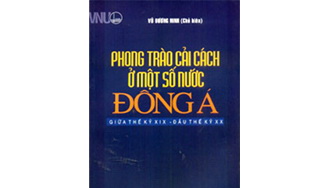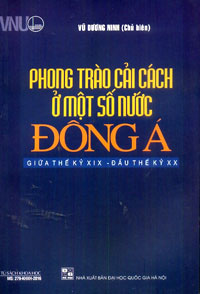
From historical events, the authors analyze that in the context of the imbalance of power and the development level between the East and the West, the natural reaction of the people of Eastern countries was to rise up against the invasion of the West with patriotism and the will to rise up. But reality shows that, to different degrees, the reforms in Japan during the Meiji period and in Siam during the Rama V reign allowed these countries to maintain their sovereignty and enter the capitalist world. The reform efforts in China and Vietnam were held back by traditional Chinese concepts and the obstruction of those in power, so they could not modernize the country and fell into the slavery of colonialism.
In the lessons learned, the authors emphasize the human role in the reform process: the vision and determination of leaders and pioneers in reform, the participation of the masses in the reform process, the contribution of foreign experts and the uncompromising struggle against conservative forces that prevent reform.

Cover of the book "Reform Movements in Some East Asian Countries" reprinted in 2017
The book was first published in 2007, when the Renovation process in Vietnam had completed 20 years. And now it was republished in 2017, right at the time of summarizing the experience of the 30-year Renovation process. Therefore, the issues raised in the book are valuable as historical experiences serving the reality of Vietnam today.
This is the result of a collective research project that won the 2007 Outstanding Scientific Work Award of Hanoi National University, headed by Professor and People's Teacher Vu Duong Ninh. The members include Professor Dr. Nguyen Van Kim, Professor Dr. Pham Quang Minh, Professor Dr. Pham Hong Tung, Associate Professor Dr. Phung Thi Hue, Associate Professor Dr. Dang Xuan Khang, Associate Professor Dr. Le Thi Lan and Associate Professor Dr. Tran Thien Thanh. The book is a useful research document for students, graduate students and researchers, and is also a valuable reference document for those interested in the field of innovation and integration today.
Author:Hong Duong
Newer news
Older news